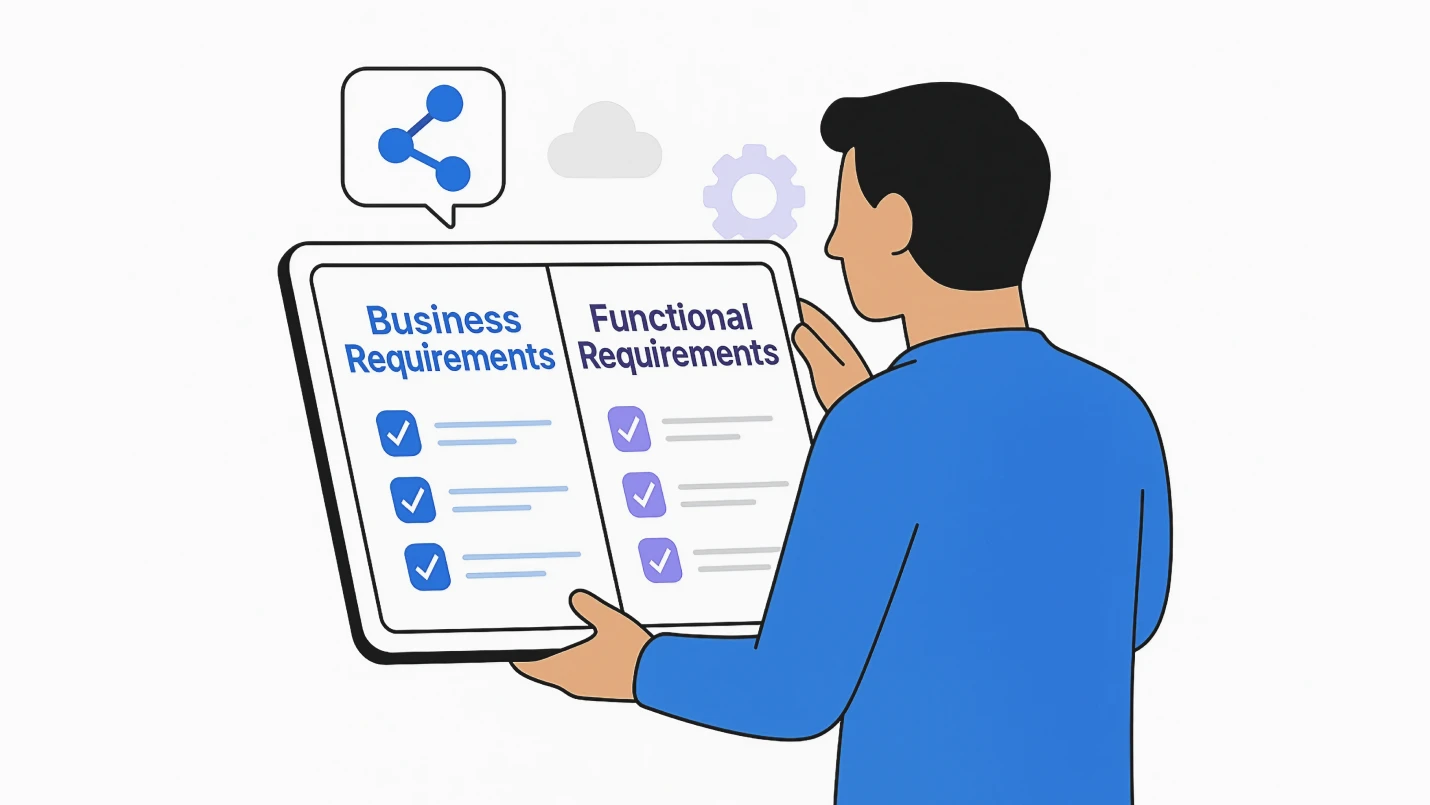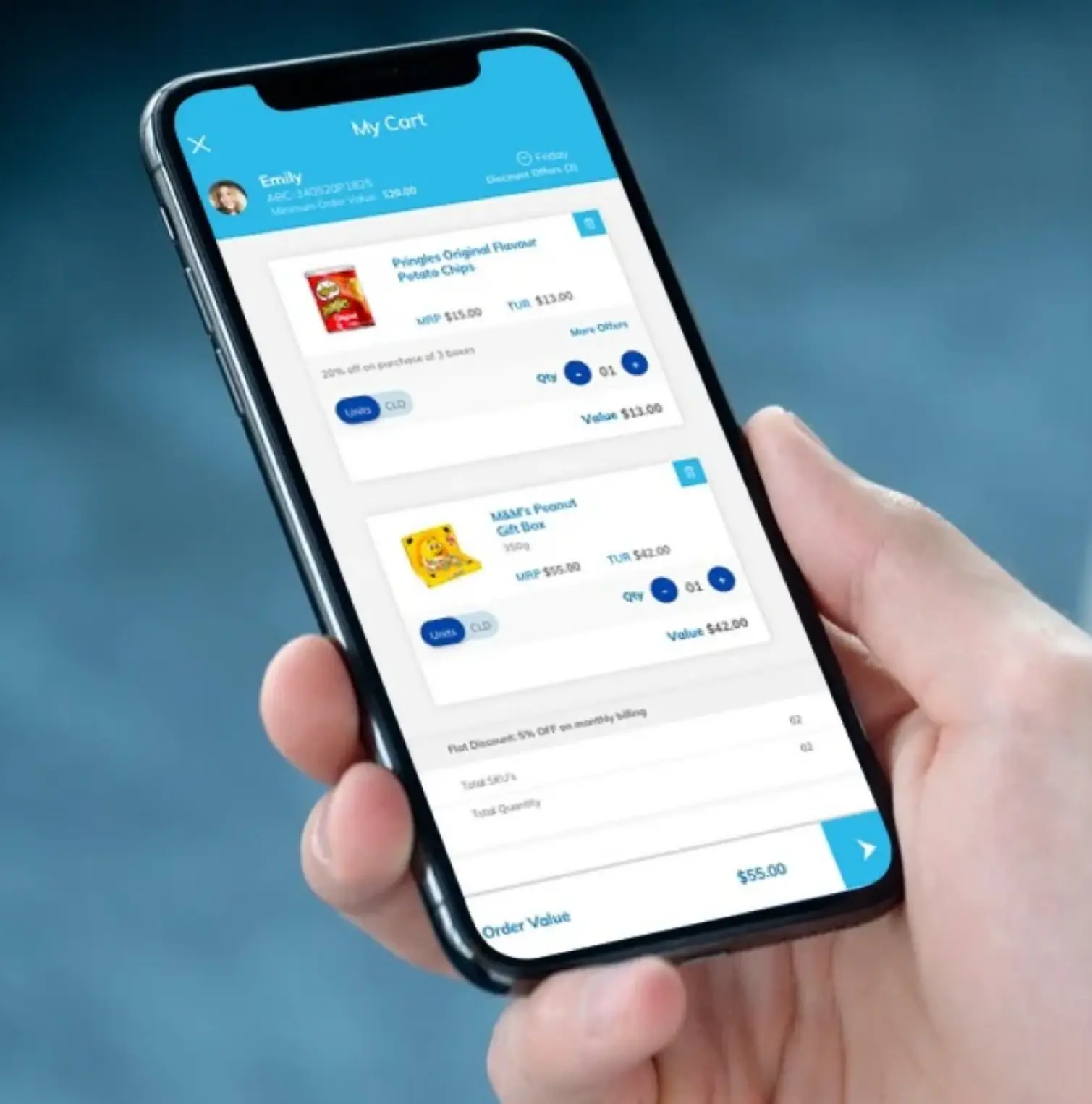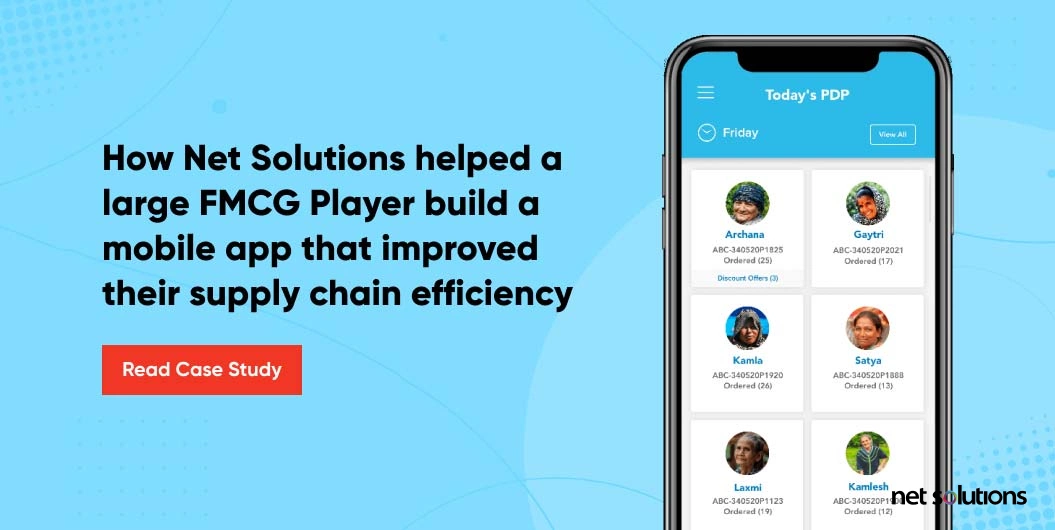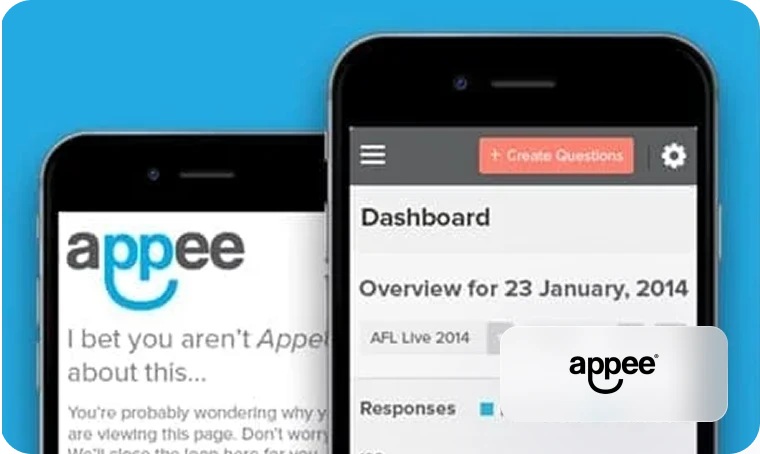Summary: Failure to understand and manage requirements is one of the biggest reasons most software projects fail. Getting the requirements right before you start building software is essential. Read on to learn the business and functional requirements and why they’re vital for your project’s success.
In September 1999, NASA lost its $125-million Mars Climate Orbiter when it tried to enter the orbit, just 100 kilometers too close to Mars. The mission failed due to poor requirements management: it was not discussed earlier in the stage whether the ‘navigation software’ required metric units or imperial units.
Result: Incompatible specifications; the attitude-control system was specified using imperial units but its navigation software used metric units.
” I can’t think of another example of this significant loss due to English-versus-metric confusion. It will be the cautionary tale until the end of time.”
– John Pike, Space Policy Director, Federation American Scientist.
This is a stark example of what a lack of understanding of fundamental business requirements can do. Understanding different requirements (business, functional, and non-functional) is essential. It would ensure they don’t invest their time and effort working on something that yields no results.
Let’s understand the definition of requirements in the software product development world.
What is a Requirement in Software Development?
Before we dig deeper into Business Requirements vs. Functional Requirements, let’s look at a requirement and its types.
According to the International Institute of Business Analysis, a well-defined requirement is
- A condition or capability needed by a stakeholder to solve a problem or achieve an objective.
- A condition or capability must be met or possessed by a system or system component to satisfy a contract, standard, specification, or other formally imposed documents.
- A documented representation of a condition or capability as in (1) or (2).
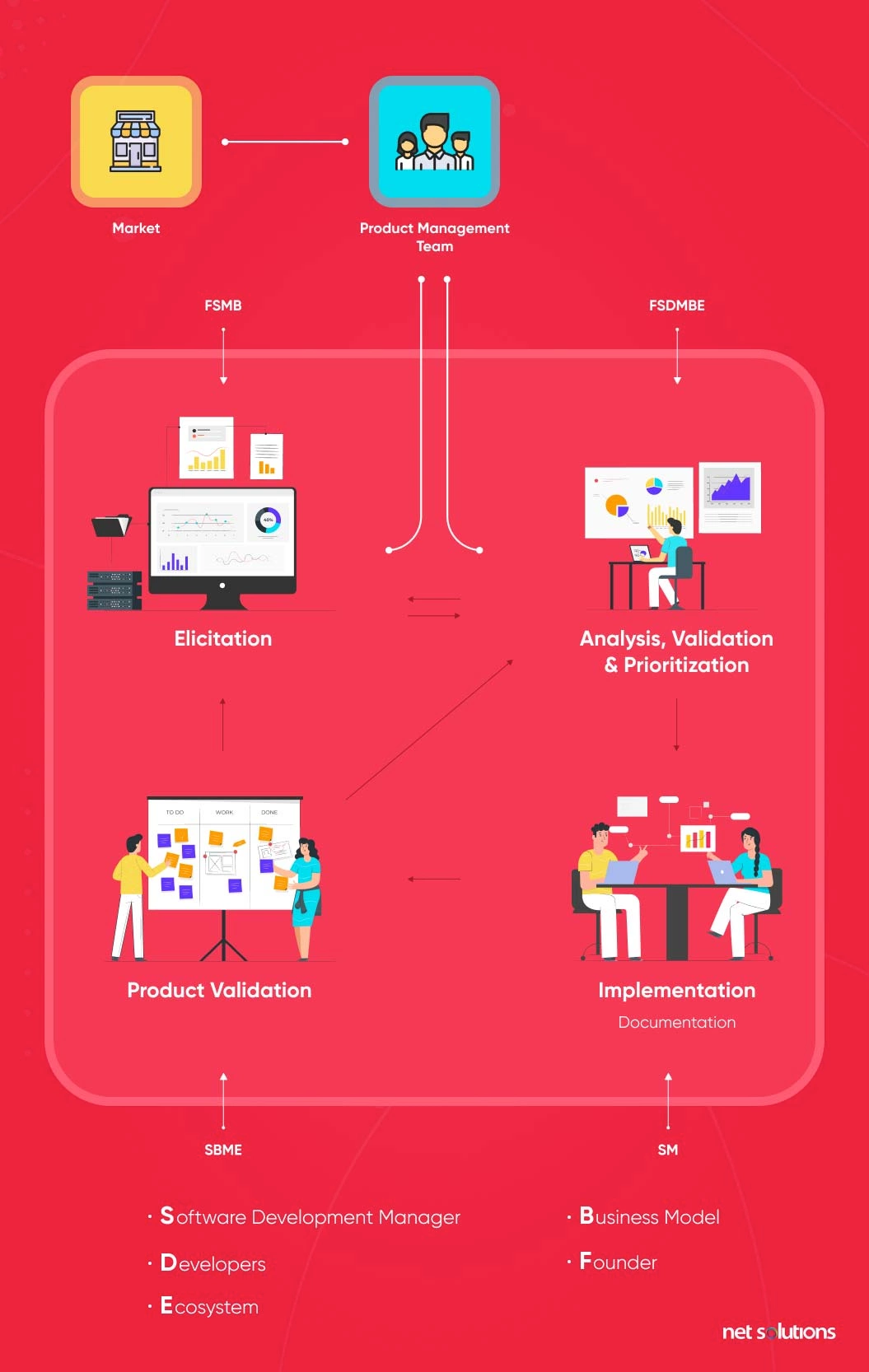
Based on the problem domain and the methodology that a Business Analyst (BA) works with. The most important ones are business and functional requirements.
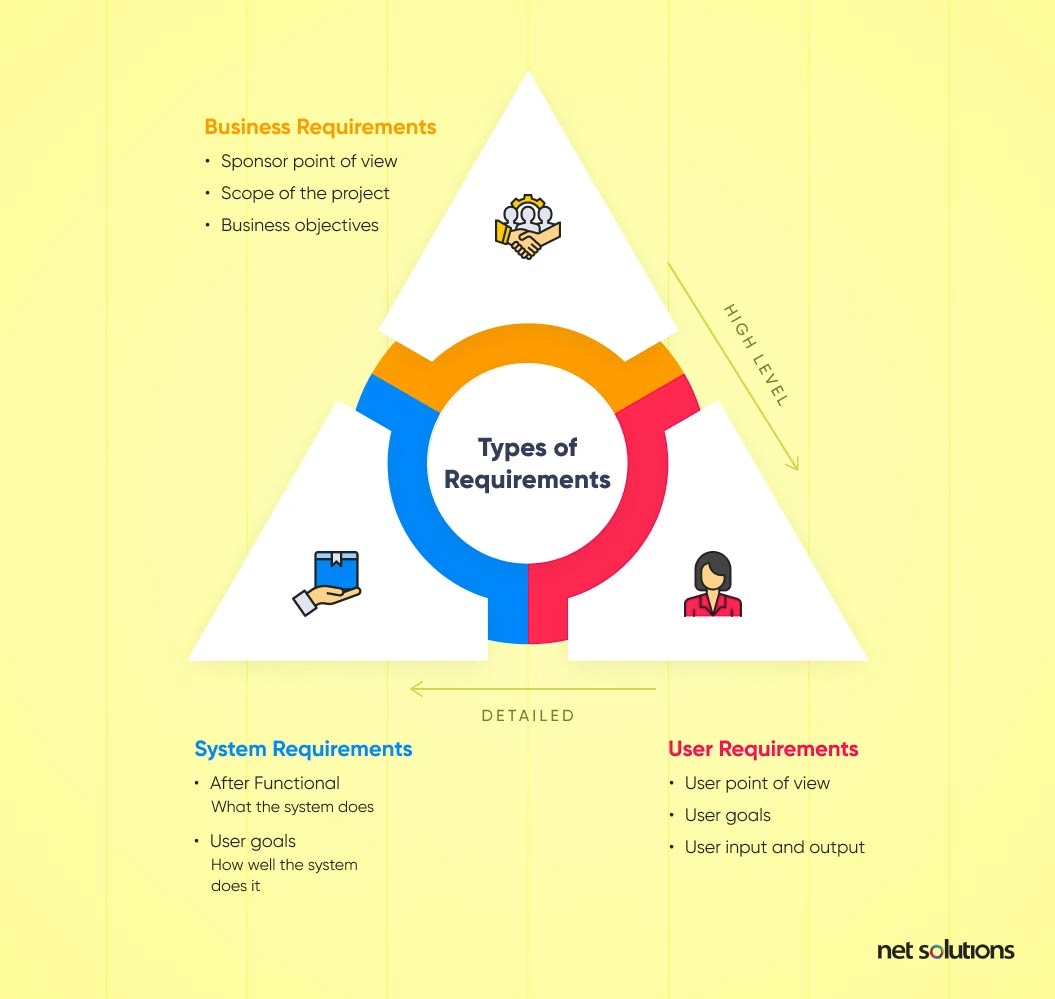
Let’s explore the difference between business and functional requirements. It is imperative to comprehend this difference to deliver businesses an ideal solution that will solve their problems.

We respect your privacy. Your information is safe.
What are Business Requirements?
Why does a client need an app?
This information may sound unnecessary to many because the client is ready to pay you to build an app. So, why should it matter to you to get the reasons?
If you are passionate about building quality products and delivering seamless experiences to your clients, then you should care about the ‘whys’ as much as you do about the ‘whats’ and the ‘hows.’
And when you start to focus on the ‘why’ part of a project, it means you are taking care of the business requirements.
Business Requirements for the software development life cycle revolve around an organization’s requirements or wants, which allows the business to achieve its end objectives, vision, and goals.
High-level business requirements describe what a system or a solution should do and why. They give the extent of a business need or a problem that a particular project or task should address.
Business Requirements Example
ParcelKiosk is one of our clients who approached us to get a web application designed and developed to offer better parcel delivery services to customers. We started the discussion with them on an important parameter: analyzing the business needs.
What do you think the business requirement might be for this parcel delivery app service?
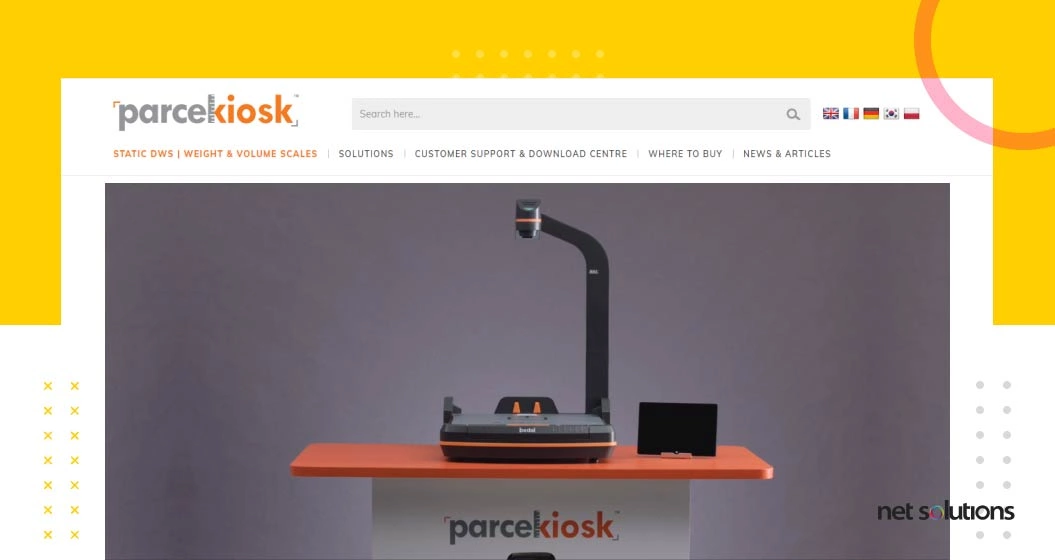
You might come up with an essential parameter like security. However, even though security is a vital factor, it’s not a business requirement. You do not build a service like ParcelKiosk without security in mind, but creating a service just to provide security is not the end goal.
What about connecting a range of courier services and customers?
It makes better sense as an example of a business requirement than security because it describes what the service will do. However, is that the reason for getting the web app development service built, or is it a service function?
Here are some possible reasons (business requirements) to build ParcelKiosk:
- Offer a more innovative solution to measure, select, and ship parcels
- Provide capabilities to track and manage their delivery and pick-up services
- On-time delivery and customer feedback
Do you see the difference between connecting a range of courier services and customers or security and the actual business requirements?
You can note the following points here w.r.t business requirements:
- You always write business requirements from the client’s point of view.
- They are broad, high-level system requirements yet detail-oriented.
- They are not organizational objectives but aid an organization in achieving its goals. By fulfilling these business requirements, the organization attains its broad objectives.
It’s pretty clear now that the business requirements explain the ‘why’ part of a project: ‘why’ a particular task needs to be built, i.e., what benefits the organization aims to achieve by completing a specific project.
Business Requirements Document (BRD): What Does it Include?
A Business Requirements Document describes the high-level business needs. The primary target audience of a BRD is the customer and the users. The business requirements are documented in the BRD. A well-written business requirements document helps achieve the desired goal of building a successful product within the stipulated time limit.
It has the following elements:
- The vision of the project
- Objectives of the project
- Context or background of the project
- Scope of the project
- Stakeholder identification
- Detailed Business Requirements
- Scope of the solution
- Project constraints: Time Frame, Cost of the Project, and Available resources
Business Requirement Document Example – Why Chrysler PT Cruiser was Tagged ‘Hero to Zero’
Chrysler Group did not focus much on BRD and went ahead with their PT Cruiser’s production, resulting in many headaches for the organization. Look at how their business requirements document failed:
1. Stakeholders Identification
Chrysler Group identified most of the stakeholders well. They were on board with vendors and the production team of the PT Cruiser. However, they missed two critical stakeholders: the end-customer purchasing the vehicle and the dealers selling the Cruiser.
2. Project Constraints
Chrysler performed excellently with top-level stakeholders supplying and overseeing the build. However, they missed questioning the timeline for production and answer customers’ queries or of the dealers like price, model availability, and demand.
Suppose Chrysler’s BRD included all the stakeholders’ requirements. Those unforeseen delays in the product delivery (goal to deliver cars to the dealership by 2001) could have been swayed well in advance of production, and they would have justified the end user’s needs.
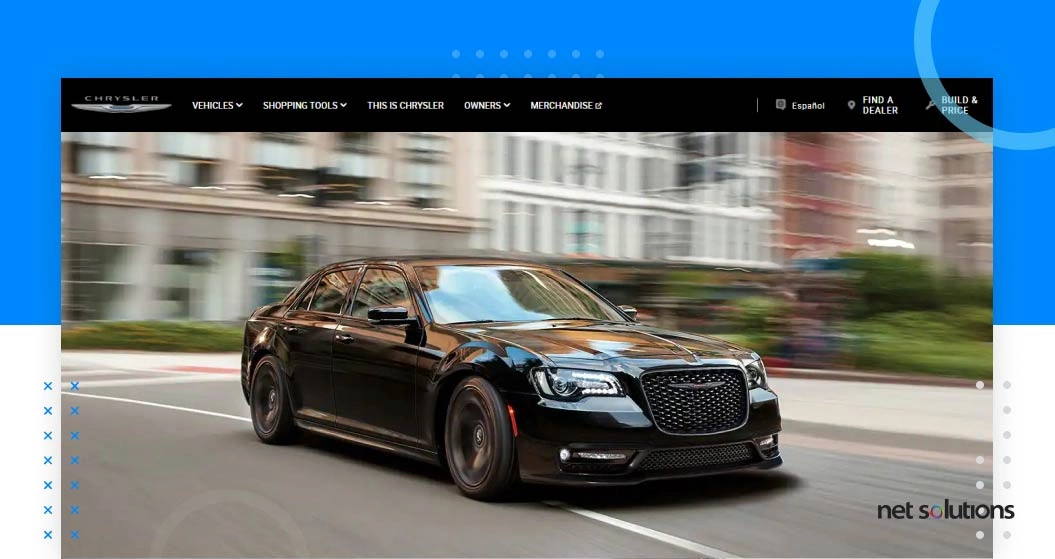
Tips for Writing a Business Requirements Document Template (BRD)
Now that you have a basic understanding of what a BRD should accomplish, here are a few tips on how to write business requirements for the successful completion of your project:
- Practice strong requirements elicitation
- Use plain language without passive voice and jargon
- Research past projects
- Validate the documentation
- Integrate visuals
Functional Requirements in business analysis describe the functionalities of software or a product. These are the functions that the system must perform to fulfill the business requirements.
They include technical details, calculations, data manipulation, processing, and other functions that characterize what a framework should achieve.
Suppose you don’t have precise functional requirements to understand the project’s technicality. In that case, you will be unable to answer whether the decisions made by the development/design/testing teams are correct.
” Failing to write a spec is the single biggest unnecessary risk you take in a software project.”
– Joel Spolsky
If you don’t align the functional details with the business goals, you could fail the project.
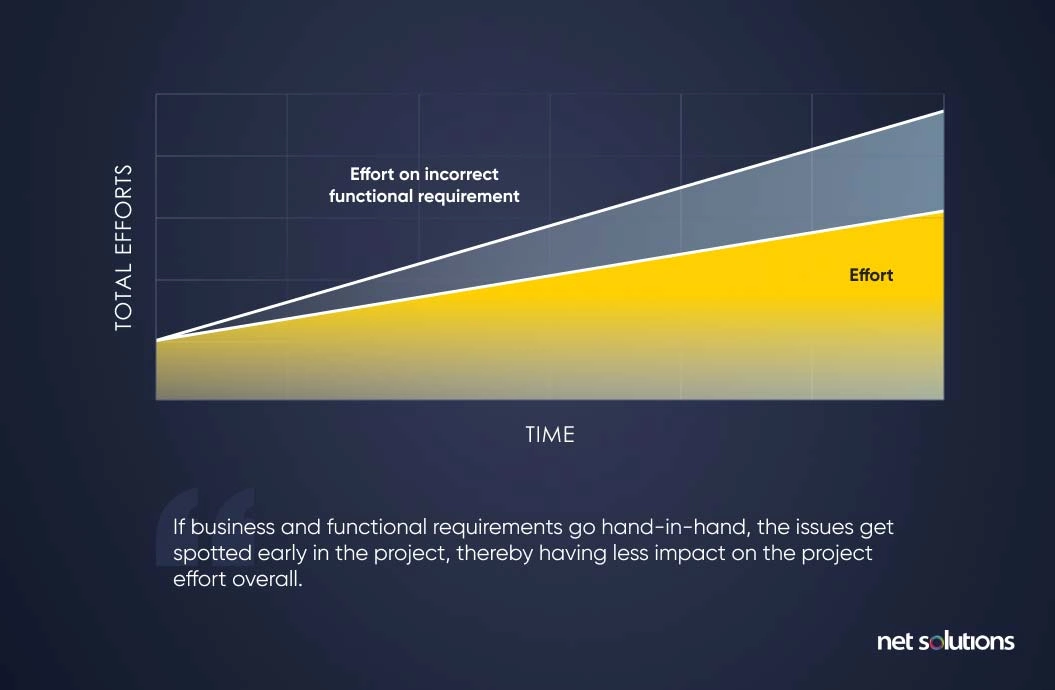
How Net Solutions helped a leading FMCG player improve their supply chain efficiency by building a mobile app
One of the big FMCG players approached Net Solutions for a mobile app development project that could improve their supply chain efficiency.
This FMCG giant started a project in 2001 that aimed at empowering rural women by generating opportunities for them to sell products and earn a livelihood.
The client wanted our project team to redo their existing mobile app to automate their supply chain and the ordering process by bringing the rural women and distributors onto a single digital platform.
They aimed to improve the adoption rate, digitally enabling the entrepreneurs and resolving the friction in the existing customer journey (all these are business requirements). Regarding functional requirements, we started to discuss the required app features with the client:
- Integration with third-party suppliers
- Real-time stock updates
- Order placement.
The client assumed that these features would be enough to resolve the friction in the current customer journey, thereby improving the adoption rate.
However, while discussing the functional requirements with our client, we realized that developing an app would be pointless unless we identified the friction in an existing customer’s journey and measured the new app users’ digital literacy levels.
The Solution that Net Solutions Delivered
We applied the Design Thinking approach. Then we conducted ethnographic research to assess the entrepreneurs’ digital readiness and understand the gaps in the existing app’s users’ journey.
We spent a day with all the stakeholders to further identify their issues.
Using the Design Thinking approach, we figured out what features should go in the new app. Moreover, this approach made our client understand that the best way to go ahead with the project management is to carry it out in a ‘phased manner.’
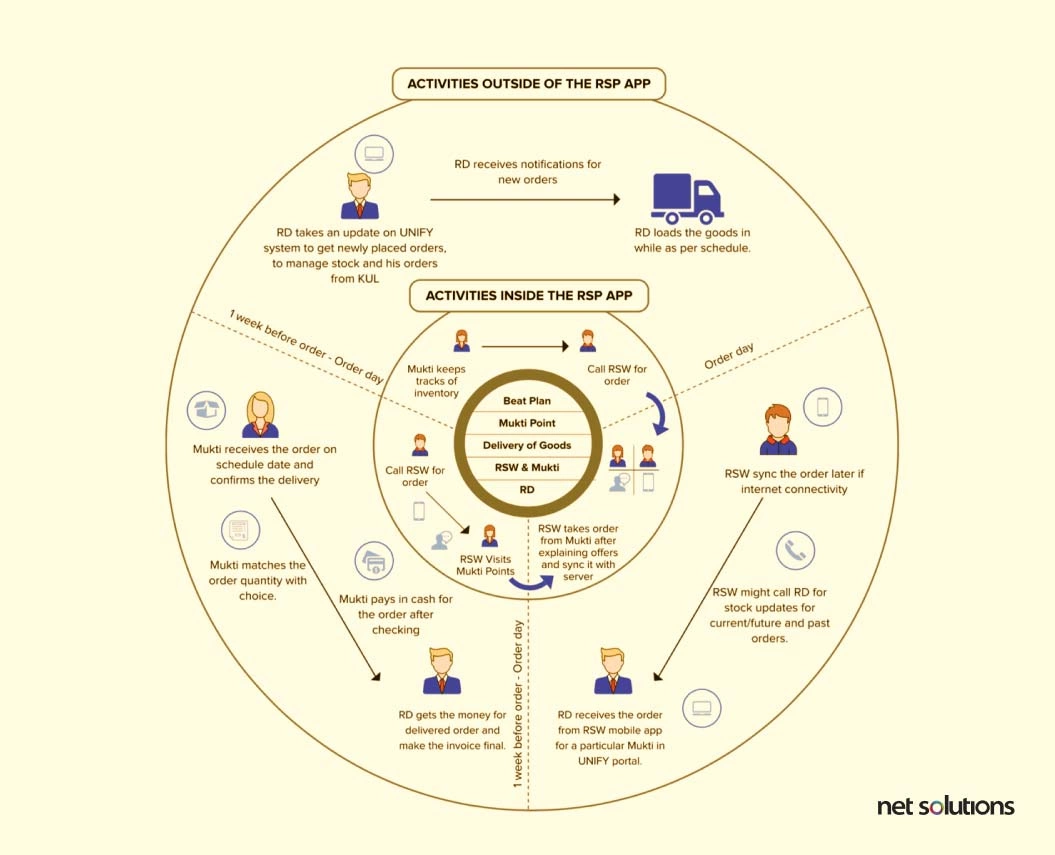
The Result:
The ethnographic research and journey mapping within our design thinking methodology helped us build a new app with features designed and validated by the stakeholders who will ultimately be using it – making it one of the notable functional requirement examples.
You should note the following points here w.r.t functional requirements:
- We always write functional requirements from the view of the system and the stakeholders.
- Functional requirements specification is far more detailed.
- Through fulfilling the functional requirements, an effective solution meeting the client’s business needs and objectives is developed.
The above example of functional requirements explains the ‘how’ part of a project, i.e., the software requirements and how the solution will meet the organization’s needs.
Functional Requirements Document (FRD): What Does it Include?
The Functional Requirements Document outlines the functions required to achieve the business needs. These functions are documented in the Functional Requirements Document (FRD) or the Functional Requirements Specifications (FRS) document.
A well-written FRD depicts each process flow for each activity, interlinking the dependencies. FRD contains the following elements:
- Purpose of the project
- The scope of the project
- Detailed functional requirements
- Assumptions/constraints
- Representation of the functional requirements using Information Architecture
Tips for Writing a Functional Requirements Document Template (FRD)
Creating a document that enlists the technical functionalities required for the successful delivery of a software/product is just like writing a message to all the involved team members about the technical tasks you would want them to perform.
Here are a few tips on how to write functional requirements document:
- Double-check your facts
- Use simple language
- Add illustrations or diagrams
- Observe time frames.
Business Requirements vs. Functional Requirements: What are the Key Differences?
Writing “good” or “valid” business and functional requirements is a big challenge. Now that we know what business and functional requirements are, let’s see how they are different from each other:
| The definition | It explains what is the business trying to achieve, why and what are the desired outcomes | It explains how the product is going to work to achieve the specified business goals. |
| The Purpose | Describes a problem and the task at hand. | Purpose a solution that can solve the given problem. |
| The Nature | These are high-level and broad requirements that only lists stakeholder’s expectations and business goals. | These are very specific and detailed requirements that focus on technicalities of how a project will fulfil the business needs. |
| What do they list? | Project’s vision, objective, scope, and constraints. | Functions required to fulfil business needs and their representation using the information architecture |
If you want to develop a successful software product, you must clarify the difference between business vs functional requirements. While they both list different things, you can’t ignore investing in crafting any document if you don’t want hiccups in the future.
Though senior managers and stakeholders would be more interested in seeing and analyzing business requirement documents, a functional requirement document is useful for developers and other team members to align their work with business processes and goals.
The most common challenges that are encountered while building these requirements documents include:
- An incomplete understanding of the requirement, failing to ask for clarification
- Incorrect interpretation of the requirement; applying personal filters to the information that alters the intent.
- Writing about implementation (the how) instead of requirements (the what).
- Implementation decisions should be deferred to as late a point in the Requirements Elicitation Process as possible.
- Using incorrect sentence structure.
- Importance of assessing requirements quality in software product development.
What are Non-Functional Requirements?
Non-functional requirements define and specify the system’s operation. However, it does not affect the functionality of the system, as the name suggests. Hence, the system can continue to perform even if its non-functional requirements aren’t met. The reason why non-functional requirements are essential is because of their usability and since they help determine factors affecting the user experience.
What differentiates functional and non-functional requirements is that while the former decides product features and user requirements, the latter focuses on product properties and user expectations.
Business Requirements vs Functional Requirements – Conclusion
From the above comparison, it is clear that the requirements are the backbone of every business. Both business and functional requirements form the foundation of effective business analysis.
Business requirements explain the “why” and “what” of a project, and the functional requirements explain the “how” of the project. The only difference between a BRD and an FRD is that one describes the high-level business needs while the other describes the functions required to fulfil the business need.
A periodic review and benchmarking of the (developed) functional requirements with the business requirements ensure the overall success of a project. Here’s a concluding statement that will go a long way in helping you clearly distinguish business requirements from functional requirements – the starting point of any business analysis is to understand the business requirements (what and why) of the client and transform them into functional requirements (how).
Frequently Asked Questions
You convert business requirements to functional requirements by following these steps:
- Step 1: Identify the business needs and objectives that the product or system needs to fulfill.
- Step 2: Break down business requirements into smaller, more specific chunks.
- Step 3: identify the specific actions, processes, and features for each business requirement. These will be the functional requirements.
- Step 4: Document functional requirements clearly and concisely. Also, include any constraints or limitations that may affect the product design.
- Step 5: Review the functional requirements with stakeholders to ensure that they accurately reflect the business needs and objectives.
A cross-functional team of business analysts or project managers prepare a business requirement document (BRD) and a functional requirement document (FRD). They collaborate with stakeholders, such as subject matter experts, end users, and other team members.
You can follow the following techniques to identify business requirements for a project or system:
- Conduct meetings and interviews with stakeholders to gather their requirements.
- Ask a selected group of stakeholders to participate in a discussion about the project.
- Conduct surveys to gather inputs from a large number of stakeholders.
- Organize workshops to facilitate brainstorming sessions and gap analyses for identifying business needs.
- Reviewing existing documentation to gather valuable insights about a project’s business needs and requirements.
Both functional and non-functional requirements play a critical role in designing and developing a system or application. Ignoring or neglecting either type of requirement can result in an application that does not meet the business’s or its users’ needs.

